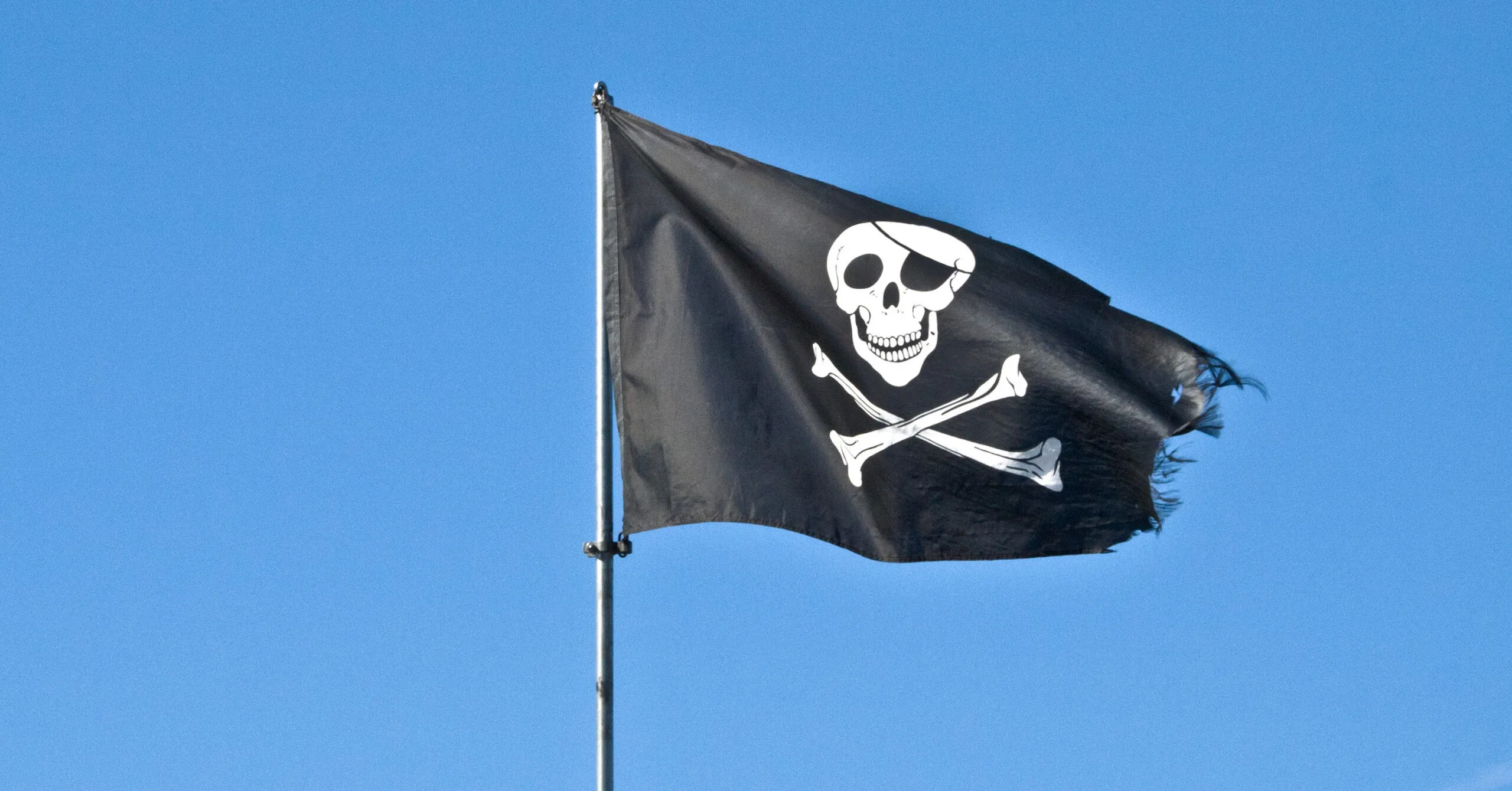In films and adventure novels, pirates often raise the same flag - a black banner with a skull and crossbones. We decided to check if this was true in reality.
The skull and crossbones flag is the most common image of a pirate banner. It almost always appears on the covers books And encyclopedias on this topic. This flag is hoisted atTreasure Island"Robert Louis Stevenson, he can be seen in most films about pirates: from silent "Black pirate"before the film franchise"Pirates of the Caribbean"
The name "Jolly Roger" first appeared in the book "General History of Pirates", published in 1724. The chapter on Bartholomew Roberts (1682–1722) indicates that pirates called their black flag that way. At the same time, the famous flags of Roberts himself did not contain a skull and crossbones, but more complex designs.

The book describes three flags under which this pirate sailed: in the first, a man with a flaming sword in his hand (symbolizing Roberts himself) tramples two heads with his feet. The second shows a man with a sword and a skeleton with an hourglass and a spear. On the third there is a man with a flaming sword and a skeleton. The author of the General History of Pirates adds that the last two flags symbolized contempt for death.
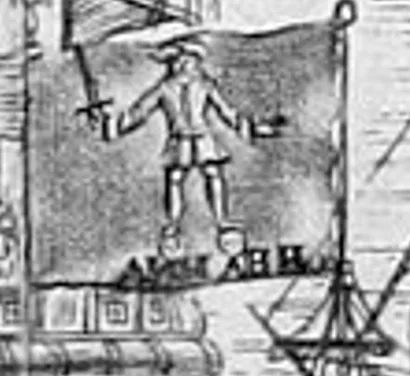
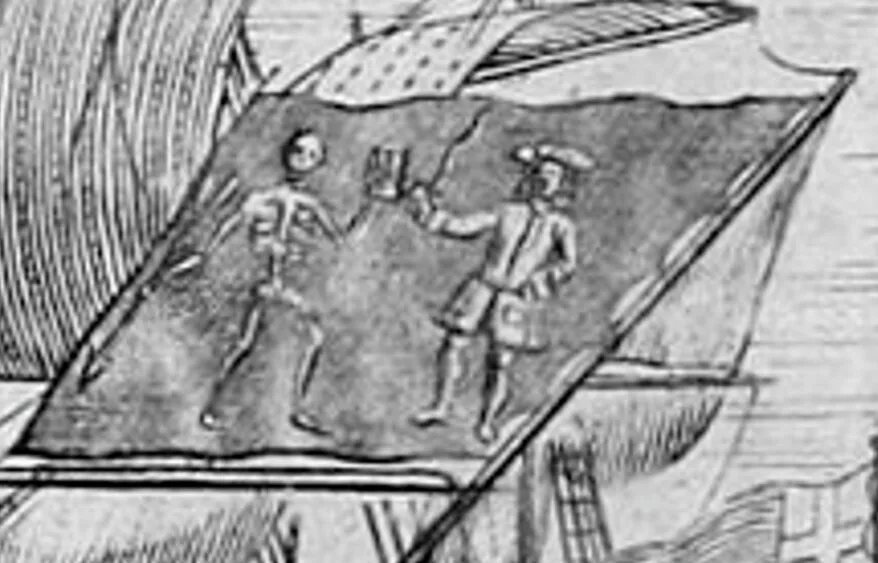
The book was written at the end of the golden age of piracy, two years after Roberts' death, that is, by his contemporary. At the same time, the author is not known for certain: the book was published under the name of Captain Charles Johnson, but most researchers believe, that it was written by Daniel Defoe, author of Robinson Crusoe. It is precisely as a text by Defoe that it is published in Russian.
Another example of the Jolly Roger from A General History of Pirates is the flag of Francis Spriggs. This pirate was part of the crew of another famous gentleman of fortune - Edward Lowe, whose flag was a black banner with an image of a skeleton. In one hand the skeleton has a spear piercing the heart, in the other there is an hourglass. As the author writes, Spriggs robbed under the same flag. It is important that at the time of writing the book the pirate was still alive.
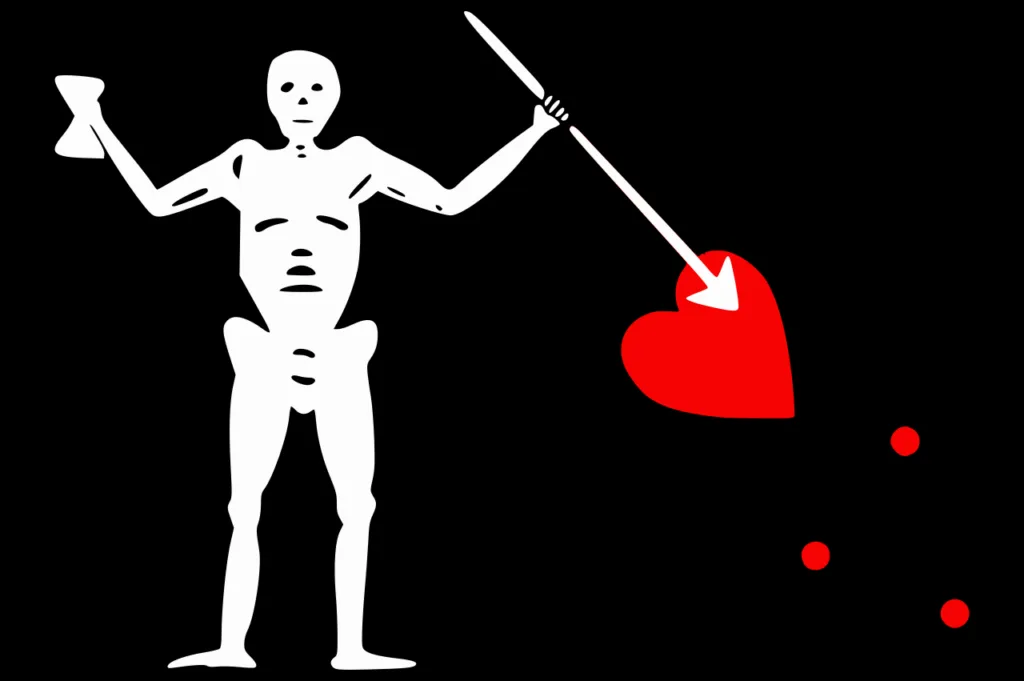
However, the pirate flag with a skull and crossbones is not an invention of Stevenson, Sabatini or Hollywood screenwriters. The earliest mention of this symbol dates back to 1686. French filibuster Masserti in your logbook describes next episode: “We removed the white flag and took out the red flag, with a skull and crossbones.”
The flag with the skull and crossbones is also in the already mentioned “General History of Pirates”, although it is not called the “Jolly Roger”. According to the author, it was used by Steed Bonnet (1688–1718). It is also possible that the ships of Edward Teach, nicknamed Blackbeard (1680–1718) and Edward England (1690–1720), were plundered under the skull and crossbones flag.

Finally, there is physical evidence - surviving pirate flags. At the National Museum of the Royal Navy in Portsmouth stored flag captured from pirates in 1780. This is a red cloth with a skull and crossbones.
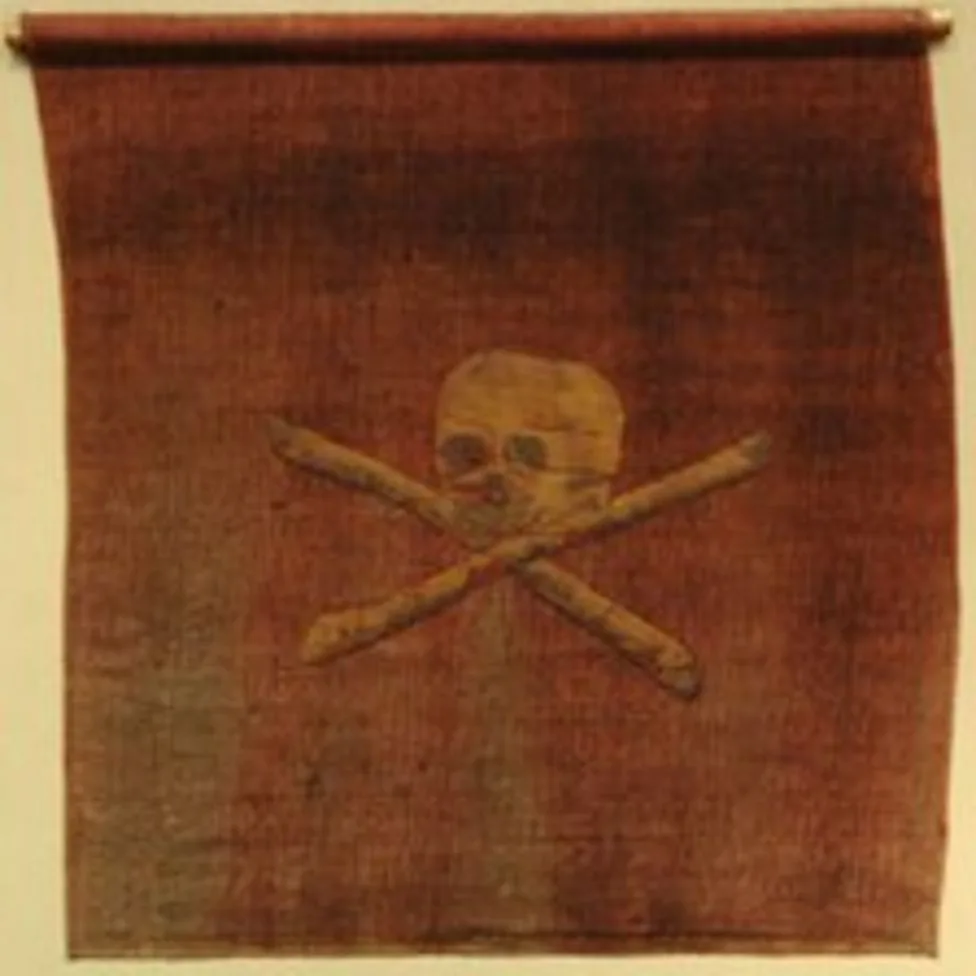
In other words, the flag with the skull and crossbones was used by pirates, but not so often. It became “united” already in the 1920s, in the wake of a surge of interest in the topic of sea robbers. During these years, several books about piracy were published, in which collected both mythological flags and real ones.
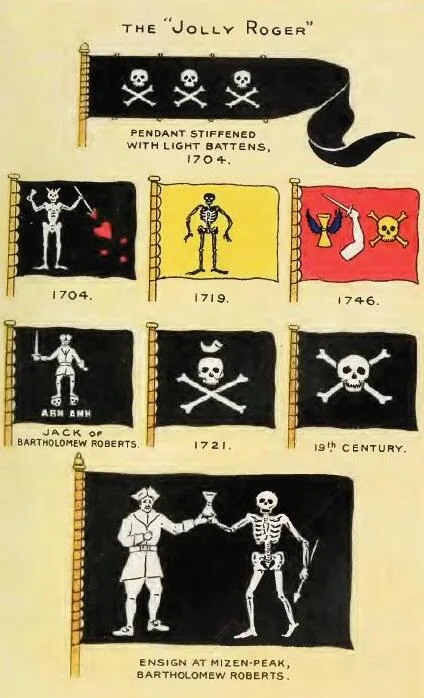
The pirate theme at that time gained popularity thanks to Rafael Sabatini’s novel “The Odyssey of Captain Blood” (1922). Two years later the book was filmed in the USA, from that time on several pirate films were shot in Hollywood every year (the most famous film of that time on this topic was “Black pirate"1926). Since then, the idea of a black flag with a skull and crossbones as a traditional pirate symbol has been strengthened in fiction and cinema.
Thus, the pirates did not have any single flag. A few reliable sources record numerous options, and the flag with a skull and crossbones is just one of them.
Cover photo: Wikipedia Commons
- Is it true that Peter I borrowed the Russian flag from the Dutch?
- Is it true that the Star of David was featured on the Palestinian flag in 1939?
- Is it true that the state symbols of Ukraine are borrowed from other countries?
If you find a spelling or grammatical error, please let us know by highlighting the error text and clicking Ctrl+Enter.


